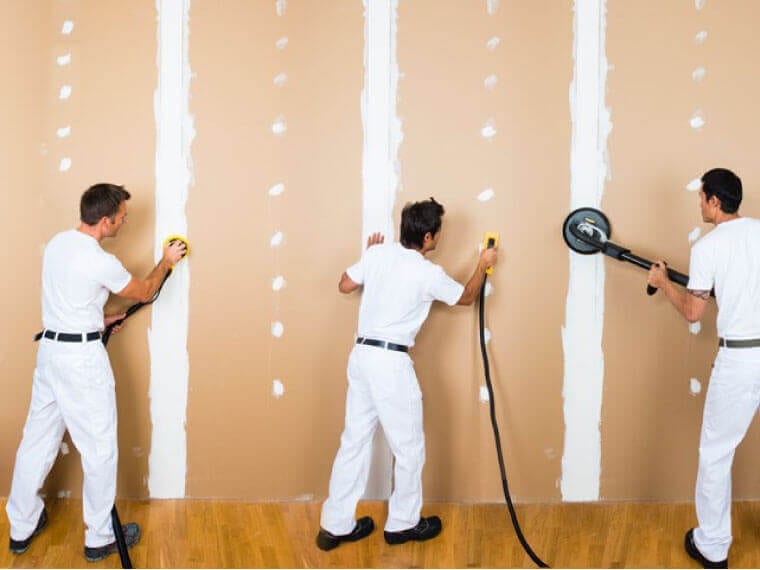
Color psychology plays a crucial role in interior painting design, as different colors can evoke various emotions and moods in a space. By understanding the impact of colors on our perceptions and feelings, interior designers can create environments that are conducive to the desired atmosphere. Whether it's a calming bedroom, an energizing office, or a welcoming living room, the choice of colors can make a significant difference in how we experience and interact with a room.
One of the most popular colors used in interior painting is blue, which is known for its calming and serene properties. Blue is often associated with tranquility and relaxation, making it an excellent choice for bedrooms and other areas intended for rest and rejuvenation. On the other hand, yellow is a color that is associated with energy and positivity. Yellow can make a space feel bright and cheerful, making it a great choice for kitchens, bathrooms, and other areas where you want to create a lively and inviting atmosphere. To find interior painting services, you can also search online.
Green is another color that is often used in interior painting design due to its association with nature and growth. Green can help create a sense of balance and harmony in a space, making it a popular choice for living rooms, bathrooms, and home offices. Green is also known to have a calming effect on the mind, making it a great choice for areas where you want to promote relaxation and concentration.
Red is a bold and powerful color that can make a statement in any room. Red is known to increase energy levels and stimulate the senses, making it a great choice for areas where you want to create a sense of excitement and passion. However, it's important to use red sparingly in interior painting, as it can be overwhelming if used in excess. Red can be a great accent color for a feature wall or furniture piece to add a pop of energy to a space.
Neutral colors such as white, beige, and gray are versatile choices for interior painting design, as they can help create a sense of balance and simplicity in a space. Neutral colors can serve as a backdrop for bolder accent colors or patterns, allowing you to create a cohesive and harmonious design scheme. These colors are also timeless and can easily adapt to changes in furniture or decor styles over time.
When choosing colors for interior painting, it's essential to consider the psychological effects that each color can have on the occupants of a space. For example, cool colors such as blue and green are known to have a calming effect and can help reduce stress and anxiety. Warm colors like red and yellow, on the other hand, are energizing and can promote feelings of warmth and happiness. By selecting colors that align with the desired mood and function of a room, interior designers can create spaces that are not only visually appealing but also enhance the well-being of those who inhabit them.
In conclusion, the impact of color psychology in interior painting design is undeniable. Colors have the power to influence our emotions, moods, and perceptions, making them a crucial element in creating harmonious and welcoming spaces. By understanding the psychological effects of different colors, interior designers can use color to transform a room into a sanctuary, a creative space, or a cozy retreat. Whether you prefer calming blues, energizing yellows, or sophisticated neutrals, the right choice of colors can make a significant difference in how you experience and enjoy your home.
